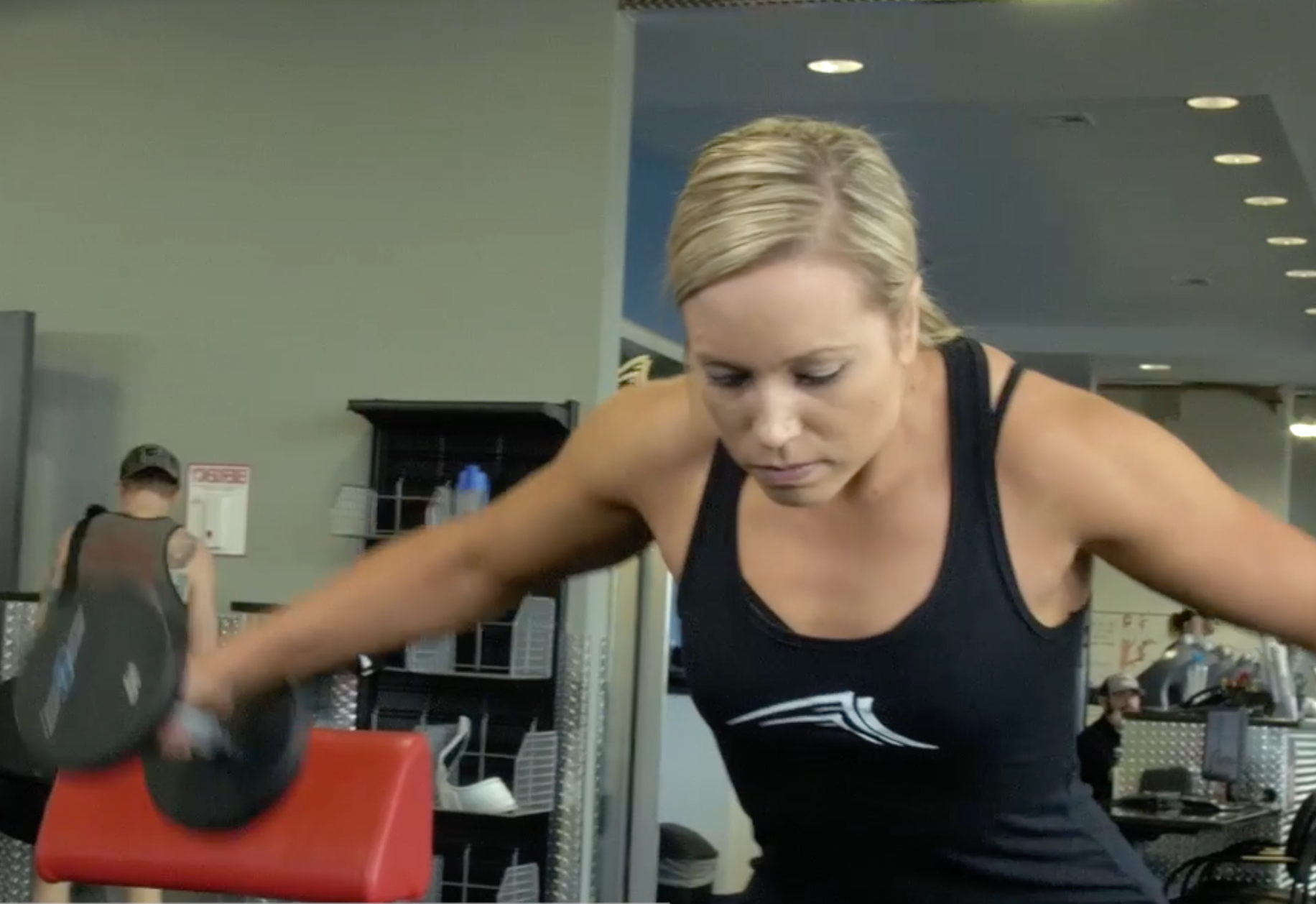Advantages of Decline Bench Press
It’s always great to have a workout partner at the gym. Not only does it provide you a “spotter” but you can push each other to get the most out of your workout!
There are many benefits to Decline Bench Presses:
The first benefit of the decline bench press is that it targets the lower portion of your chest better than the flat bench as well as the incline bench. This is extremely important if you really want your chest to be round, wide, and defined. Adding them into your lifting routine could really help you fix imbalances that you may have noticed in your chest due to lack of lower-pectoral stimulation and could help increase your chest strength greatly.
Another benefit of the decline bench press is that it is a powerful chest move that take your shoulders out of the equation a bit more than its flat or incline counterpart.
Step-by-Step Guide
- Set the decline bench to a comfortable angle, typically between 15 and 30 degrees. Make sure the bench is securely locked in place before starting.
- Load the weight plates onto the barbell, making sure that the weight is evenly distributed on both sides.
- Lie down on the bench with your feet flat on the floor, your back and hips firmly pressed into the bench, and your head resting comfortably on the bench.
- Grasp the barbell with a grip width that is comfortable and allows for proper alignment of the wrists and elbows. Your hands should be slightly wider than shoulder-width apart.
- Lift the barbell off the rack and hold it over your chest with your arms fully extended.
- Lower the weight slowly and with control, keeping your elbows tucked in to your sides. Lower the weight until it touches your lower chest or until you feel a good stretch in your chest muscles.
- Pause briefly at the bottom of the movement, and then push the weight back up explosively, exhaling as you push.
- Continue pushing the weight until your arms are fully extended, but do not lock out your elbows.
- Repeat for the desired number of repetitions, typically 8 to 12, or until you reach failure.
- When you have finished your set, carefully rack the weight on the bench or have a spotter help you do so.
Remember to always start with a weight that is manageable and increase gradually as you become more comfortable and experienced with the movement. And as with any exercise, proper warm-up and stretching before and after the exercise can help prevent injury and improve overall performance.






